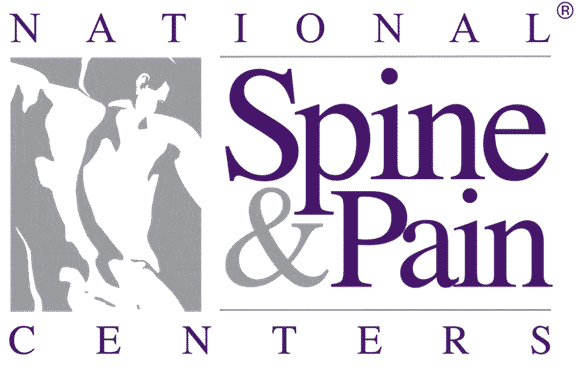Plantar Fasciitis injuries affect both seasoned athletes and every day people that are simply on their feet all day. It is a condition where thick connective tissue that supports the arch on the bottom of the foot, running from heel bone forward to the ball of the foot, becomes inflamed. The reason for inflammation is repeated trauma from overuse or injury. A previous ankle injury may also lead to Plantar Fasciitis strain, as the instability of a loose ankle can put additional pressure on the foot.
The symptoms can start right at the beginning of the day. Some patients cannot even get out of bed, as the burning sensation in the middle of their foot makes it too difficult to stand. Traditional treatments, such as stretching exercises and ice treatments can help, and cortisone injections can reduce inflammation temporarily. The problem is that symptoms often return in a high percentage of patients. Fortunately, there is an approach to treating the Plantar Fasciitis that can help the tissue to actually heal, and provide permanent relief.
How to identify Plantar Fasciitis
There are many conditions that can cause pain similar to a Plantar Fasciitis injury, including Achilles tendon injuries, lumbar radiculopathy, stress fractures, bursitis, contusions and Tarsal Tunnel Syndrome. To correctly identify the condition, a careful exam is performed to isolate the problem area. This can be confirmed with MRI and ultrasound. We will also check the condition of the ankle, as these problems tend to be very closely related.
The Process for Treating a Plantar Fasciitis Injury
While treatments such as foot bracing, strapping and cortisone injections can provide some relief, the best way to actually heal the injury and provide long-lasting improvement is through biologic regenerative treatments such as Prolotherapy and Platelet Rich Plasma. For actual tears in the plantar fascia, stem cells may also be a viable treatment.
Prolotherapy
Prolotherapy contains a solution of concentrated dextrose and local anesthetic (steroids are not used). This solution stimulates the body’s natural ability to repair damaged tissue, encouraging new growth and creating a positive environment into which the stem cells are placed.
Platelet Rich Plasma
Platelets initiate tissue repair by releasing growth factors. These growth factors start the healing process by attracting cells that repair us, including critical stem cells. Platelet Rich Plasma therapy intensifies this process by delivering a higher concentration of platelets. The therapy involves a small sample of the patient’s blood placed in a centrifuge to separate the platelets from the other blood components. The concentrated PRP is then injected into and around the point of injury, significantly strengthening the body’s natural healing. Our process for PRP is much different and sets us apart. Because our samples are all hand processed, we are able to produce PRP that is free of contaminating red and white cells, which can inhibit repair. This same special process also allows us to customize the concentration and volume for each individual and each injury type. This greatly improves outcomes.
The key is to provide the treatments to not only the Plantar Fasciitis, but also the ankle when necessary. If you had a previous ankle injury, it is essential to heal both injuries to the point where the foot can return to normal, healthy function. That is the path to returning to all of the activities you enjoy that depend on a strong, painless foot and ankle.
